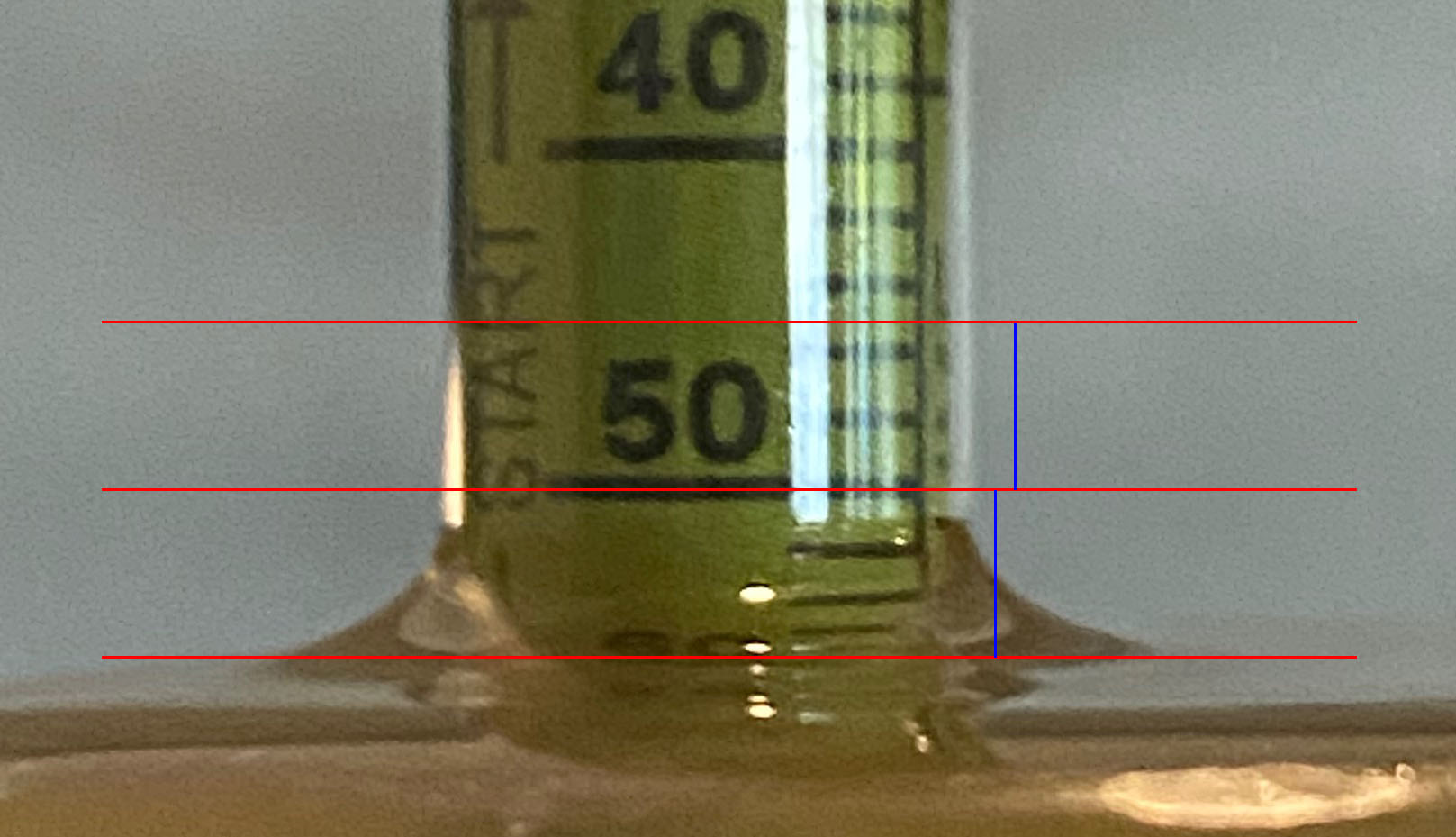brewswithshoes
Well-Known Member
I have struggled with reading a hydrometer correctly since starting this hobby, and i'm sure there are even varying opinions on how to read it correctly. I know in the end it really doesn't matter as long as i use the same reading indicator at beginning & end, but unfortunately i was raised by an extreme perfectionist and i need to know for sure.
Please take a look at the pic if you will and tell me what the reading is..... (i'm reading it as 1.051)

Please take a look at the pic if you will and tell me what the reading is..... (i'm reading it as 1.051)














































![Craft A Brew - Safale S-04 Dry Yeast - Fermentis - English Ale Dry Yeast - For English and American Ales and Hard Apple Ciders - Ingredients for Home Brewing - Beer Making Supplies - [1 Pack]](https://m.media-amazon.com/images/I/41fVGNh6JfL._SL500_.jpg)













